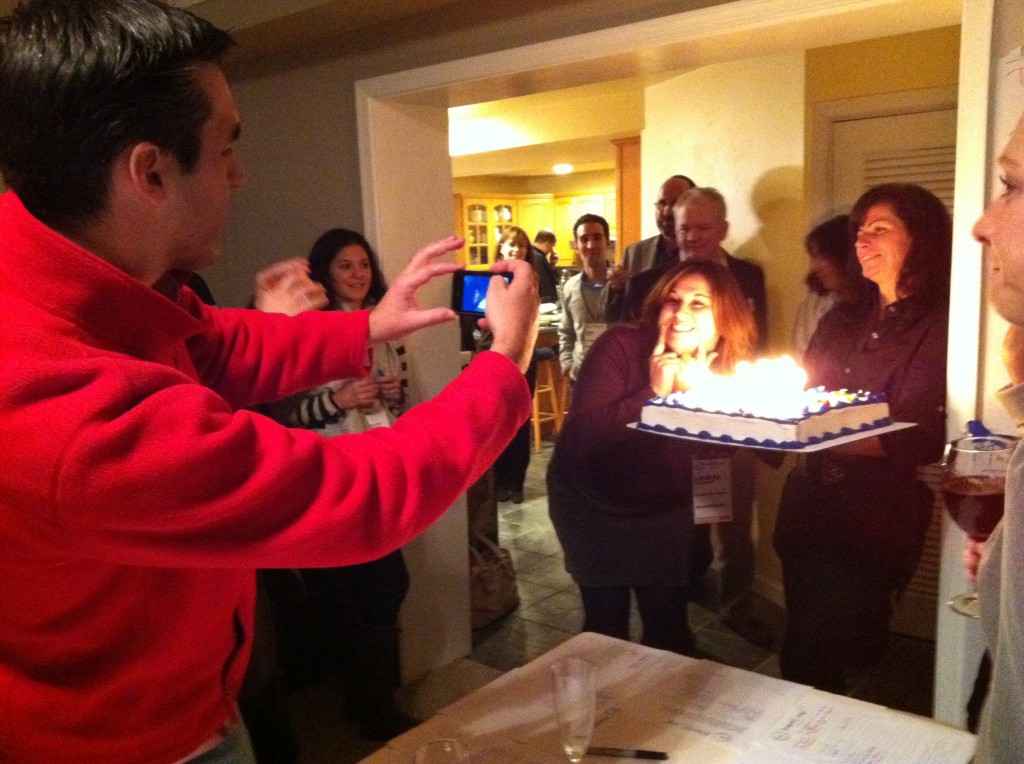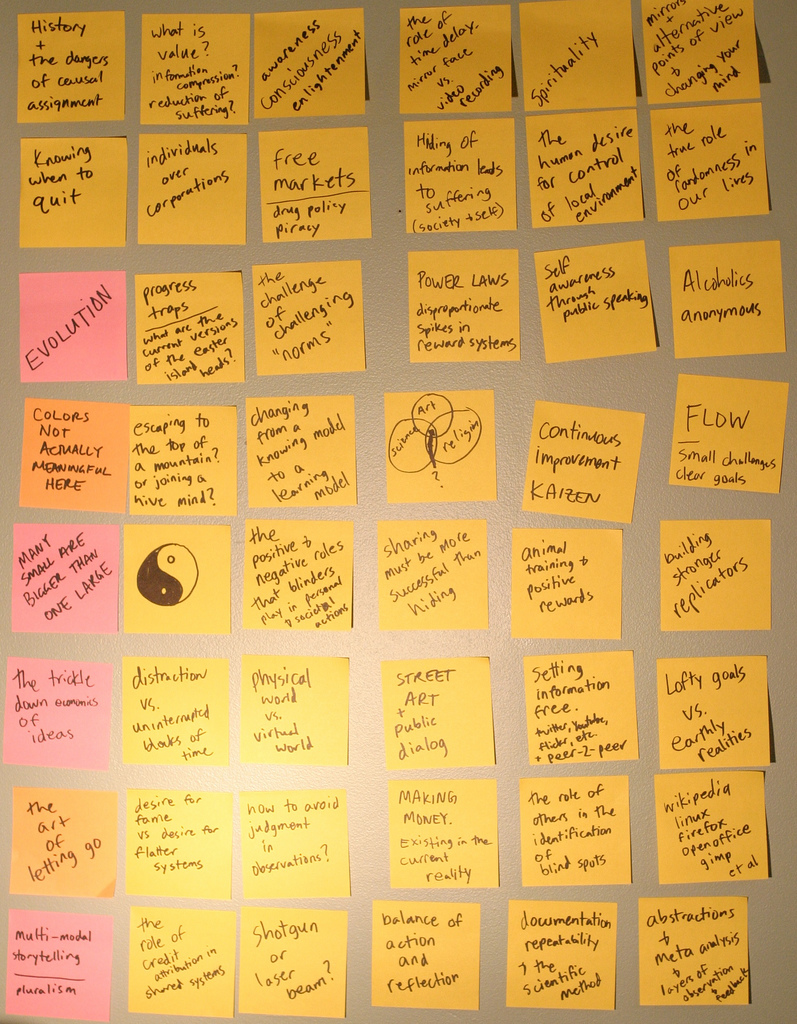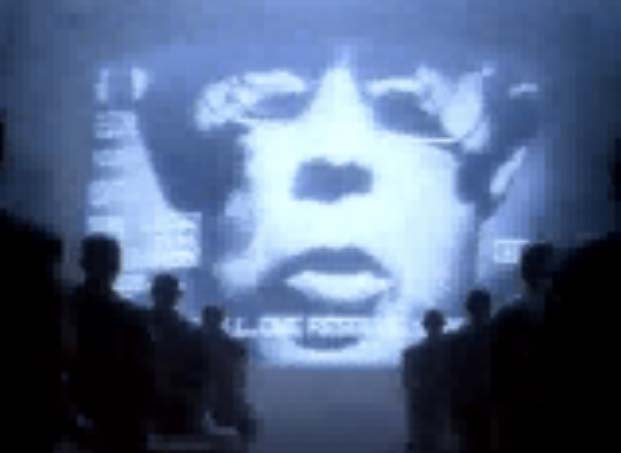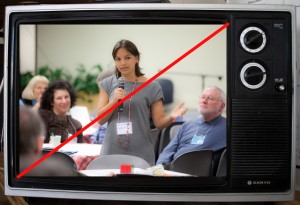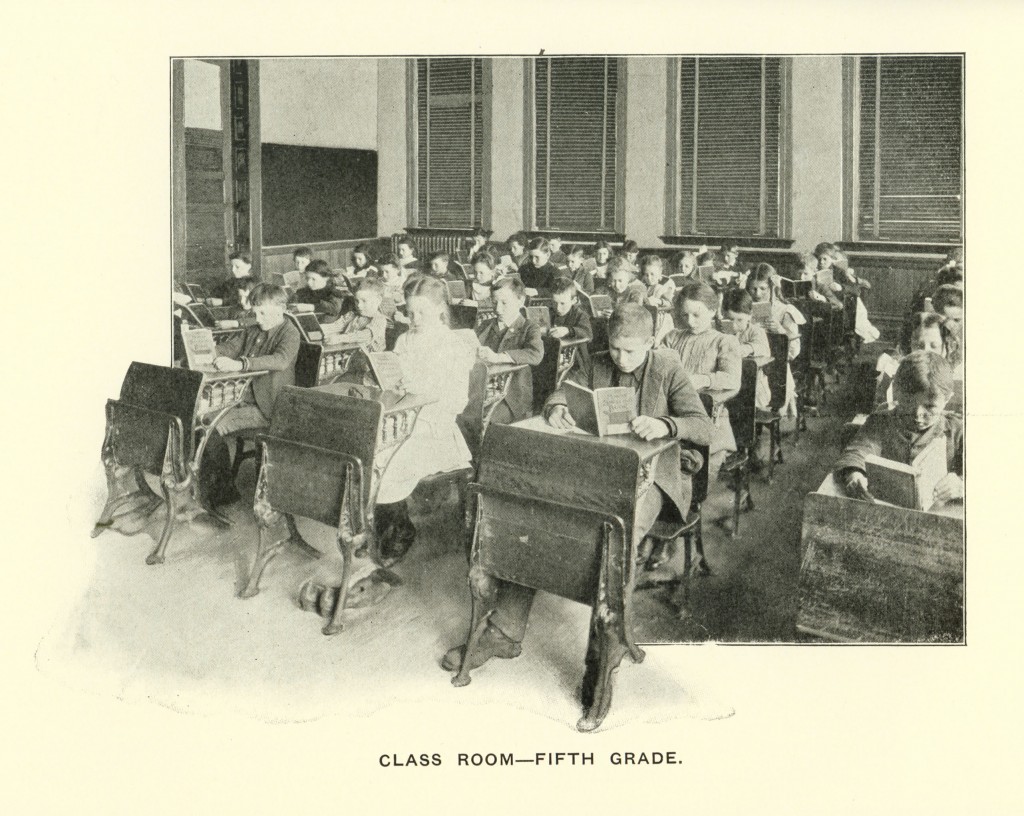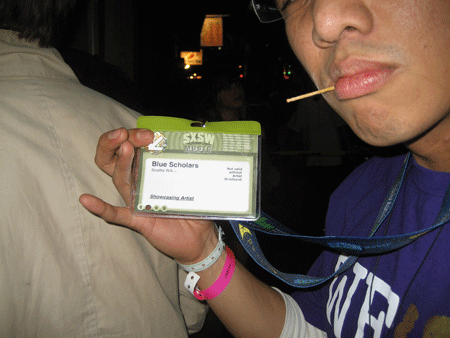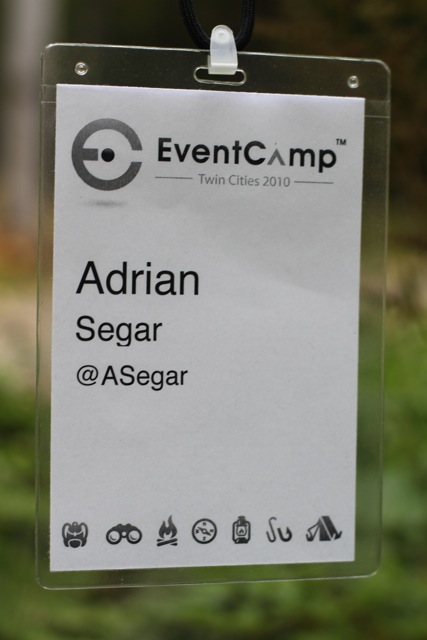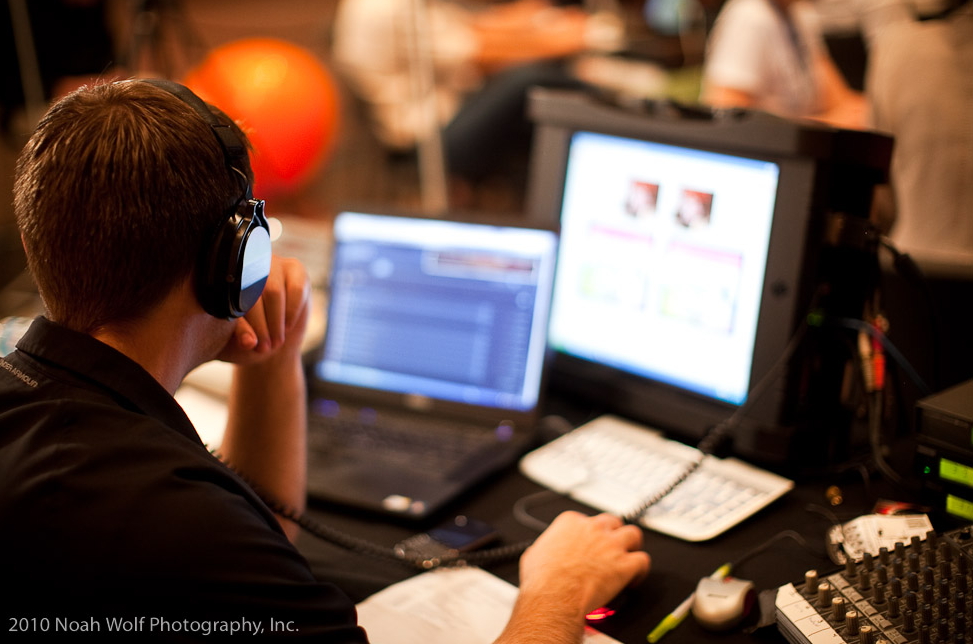What I learned about event professionals at EventCamp East Coast
Here’s what I learned about event professionals at EventCamp East Coast.
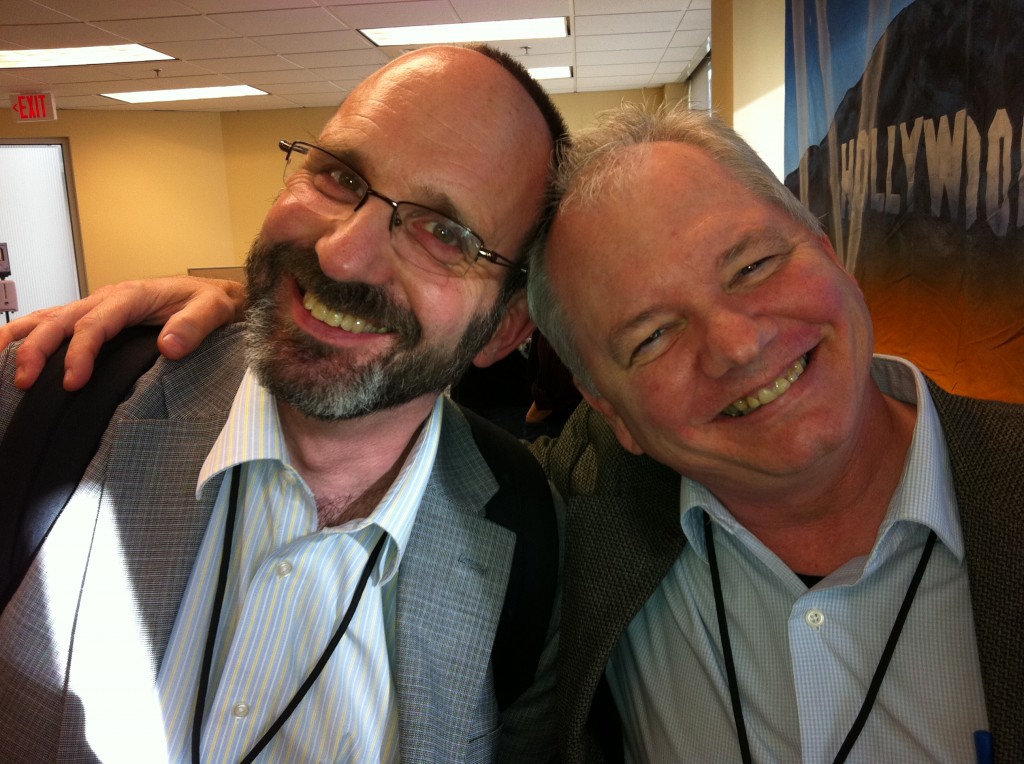
One of the reasons I love to facilitate Conferences That Work is that I get to learn interesting things about the culture of the participants. Whoever they are! Young developing leaders, childcare workers, in-house and outside counsel, information technology professionals, food policy wonks—each peer group responds a little differently when allowed to determine the form and content of what happens at the event.
At EventCamp East Coast (EC²) I discovered, not surprisingly, that event professionals have their own set of distinguishing features.
Event professionals like to talk
I made (at least) a couple of mistakes while facilitating EC², both related to participants’ loquaciousness. With other peer groups, during the opening roundtable ~30% of attendees don’t take the full time offered, typically 90-150 seconds, to answer the three questions. This did not happen at EventCamp East Coast! Just about everyone took full advantage of the 2½ minutes I gave them. In addition, I didn’t cut off the oh-so-charming Sam Smith when he went way over his allotted time. Naturally, some of the folks who spoke after him followed his lead. I was too chicken to call them on it. The end result was a roundtable session that ran nearly thirty minutes late. My bad.
I should add that EC² participants impressed me with how well they knew and communicated what they wanted to get out of the event. Not only do event professionals like to talk; they’re good at it!
Event professionals are great at listening to and following instructions
In the past, at peer session sign-up I’ve always found that some attendees ignore/don’t hear my repeated requests not to sign their names under topic suggestions until all the topics have been suggested. EC² #eventprofs were different! They listened to my instructions…—and followed them! EC² participants were also quick to point out that I didn’t cut people off when I should have (see above). They called me on not following my instructions. Love you guys!
Event professionals stay on task
A surprising finding from the interviews I conducted for my book Conferences That Work was that the median answer to the question “What is the percentage of the (traditional) conferences you’ve attended where you either left before the end (for other than practical reasons) or wished you had?” was 25 percent! At my events, I’ve found the percentage to be much lower. But some people always leave before the end for logistical reasons. At EC², few participants left early. And the level of concentration and involvement that persisted until the very end of the final group spective impressed me. This was followed by a wonderful volunteer group effort that quickly returned our LaSalle University venue to its original layout. Event professionals rock!
Event professionals are analytical about event process
While it’s not surprising that the level of feedback that I received at EC² about the Conferences That Work event design was far greater than at other events I’ve facilitated, I was delighted by the quality of comments and suggestions made. Usually, I get one or two good ideas at an event on how to improve what I do. EC² provided a steady stream of commentary and fresh ideas. Not only during the event, but also afterward via participants’ evaluations, several fruitful phone calls with individual attendees, and finally in a long Skype conference with my wonderful co-organizers, Traci Browne and Lindsey Rosenthal. I heard so many great proposals that, after I tried some of them out, I wrote an update for purchasers of my first book!
And yet…event professionals are not so different from anyone else
Despite these interesting comparisons between event professionals and other peer groups I’ve worked with, there are far more commonalities than differences in how peer groups respond to the “structured unconference” format of Conferences That Work. Comments like:
Deb Roth: “(the format) allowed us all to get to know each of the 40 people well, better then other conferences that I have been to with 2000 attendees”
Howard Givner: “It was literally impossible for anyone to fall through the cracks; everyone got immediately swept up into the flow of the event and was steadily woven into the fabric of group experience”
Sam Smith: “I have never been to a conference where I felt like I got to know so many new people so well”
Eric Lukazewski “…it was a spectacular thing to watch each individual “bring a brick” and marvel at the creations, knowing that WE EACH contributed to what was left standing” are responses common to every event I’ve run.
When it comes down to the bottom line, people are much more similar to each other than different.
Do you have other observations about the characteristics of event professionals? How are we different from other peer and professional groups?

